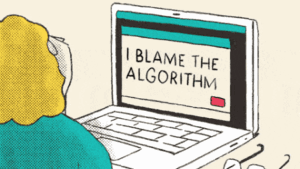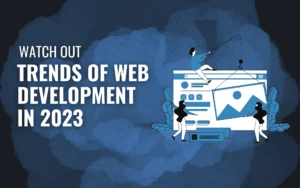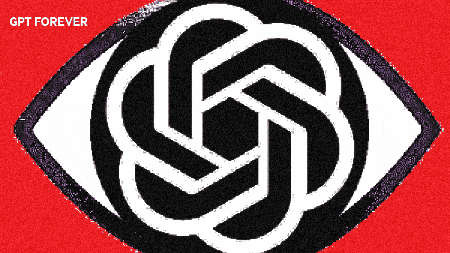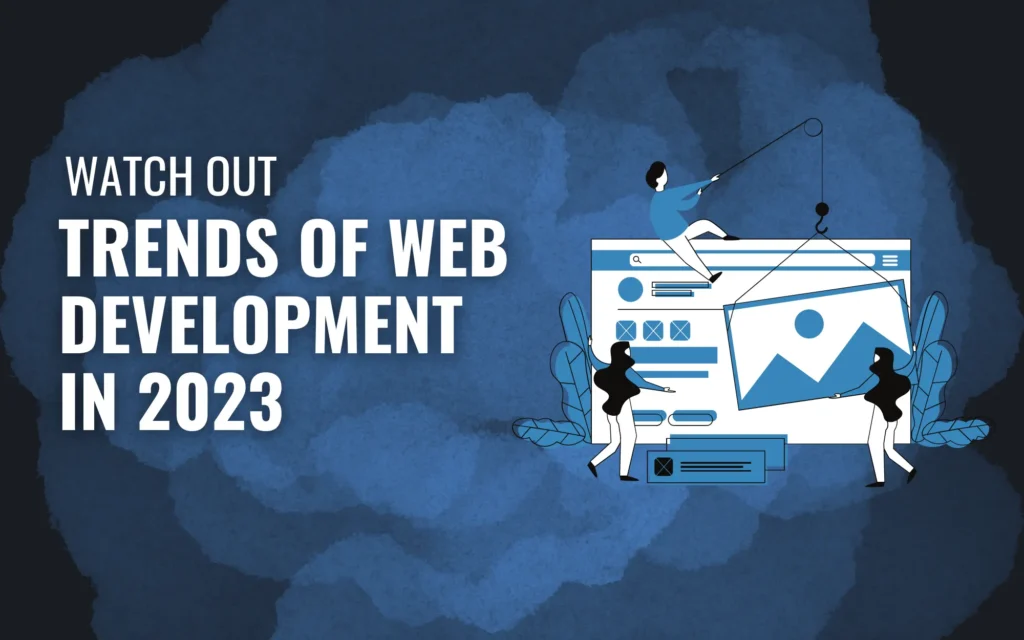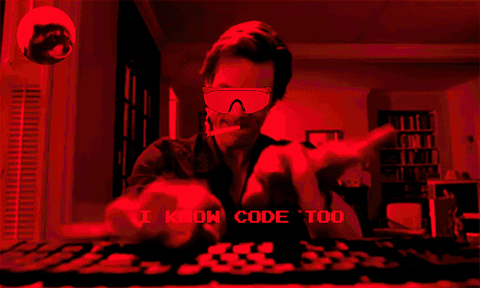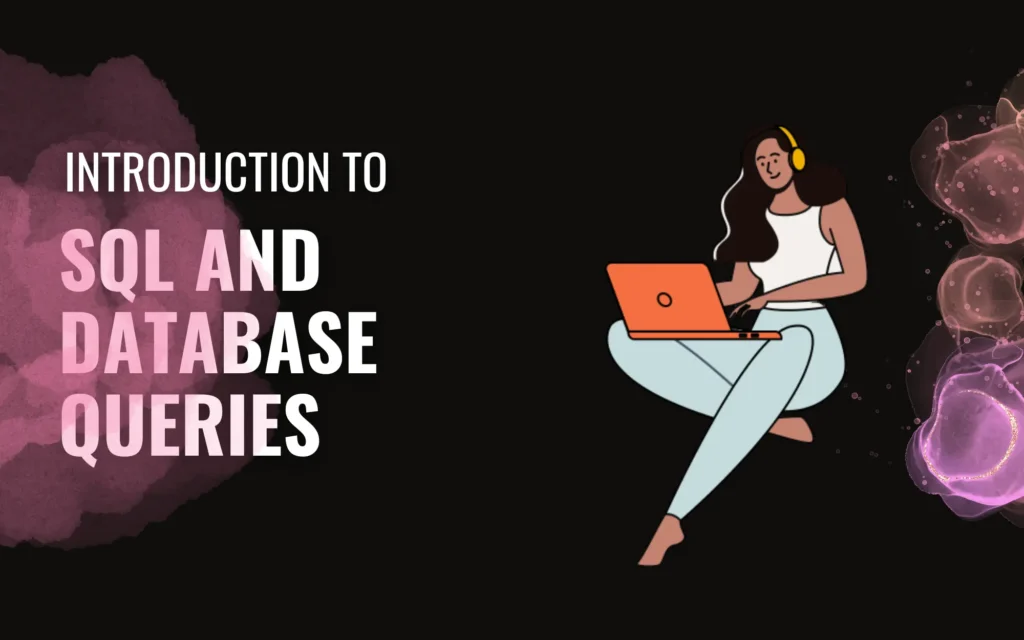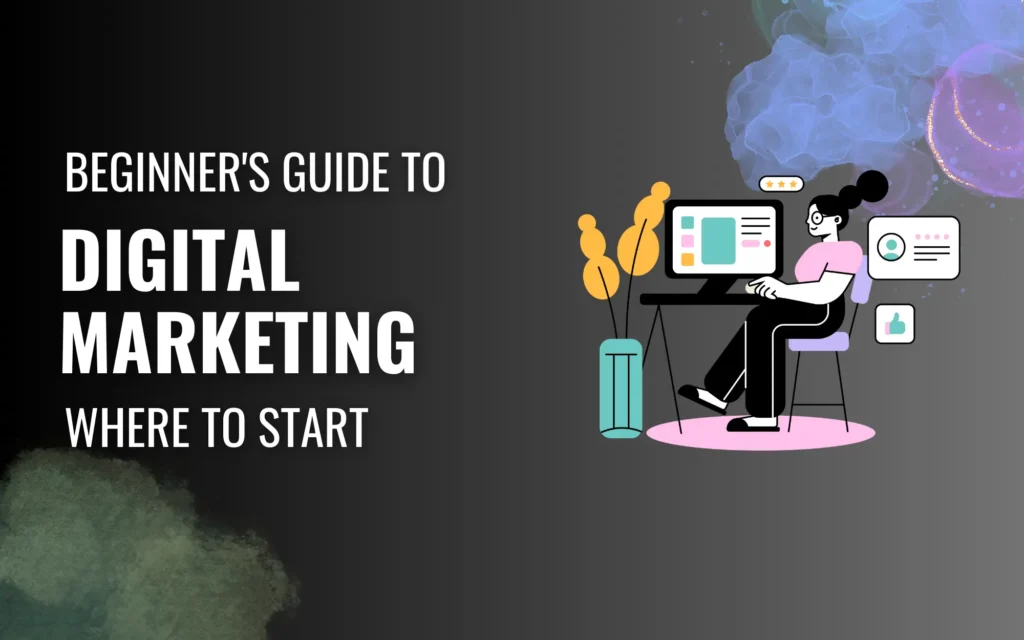HTML, or Hypertext Markup Language, is a fundamental programming language used to create and structure content on the web. HTML forms the foundation of every web page and is essential to learn for anyone interested in web development. In this beginner’s guide, we’ll cover the basics of HTML, including the syntax, structure, and commonly used elements.
Syntax
HTML uses a particular syntax that consists of opening and shutting tags, and the content in between. Tags are denoted by angle brackets, with the opening tag denoted by a less-than symbol (<), and the shutting tag denoted by a greater-than symbol (>). The closing tag is the same as the opening tag, but with a send on slash (/) before the label name.
Structure
Every HTML undefined must have a staple structure that includes the HTML, head, and personify elements. The HTML element is the root element of an HTML document and encloses all the other elements. The head undefined contains metadata about the document, much as the title and links to external stylesheets and scripts. The body element contains the in sight content of the document.
Elements
HTML includes a wide variety of elements, apiece with a specific purpose. Here are or s of the to the highest degree commonly old elements:
- Headings: Headings are used to make titles and subheadings on a webpage. There are six unusual levels of headings, with H1 being the largest and H6 being the smallest.
- Paragraphs: Paragraphs are used to group together text that relates to a specific topic or idea. To produce a paragraph, wrap up the text in a tag.
- Links: Links are used to connect different pages or sections of a webpage. To create a link, use the <a> tag and include the URL of the page you want to link to.
- Images: Images are used to add visual content to a webpage. To include an image, use the <img> tag and specify the image file’s URL.
- Lists: Lists are used to organize content into an ordered or unordered list. To create an unordered list, use the <ul> tag, and to create an ordered list, use the <ol> tag.
- Forms: Forms are used to collect user input, such as login information or contact details. To create a form, use the <form> tag, and include input elements such as text boxes, radio buttons, and checkboxes.
Conclusion
HTML is the foundation of every webpage, and learning the basics is essential for anyone fascinated in web development. By understanding the syntax, structure, and commonly used elements of HTML, you tin start creating simple webpages and start your journey in web development. Remember, practice makes perfect, so keep experimenting and edifice your skills. Good luck!



